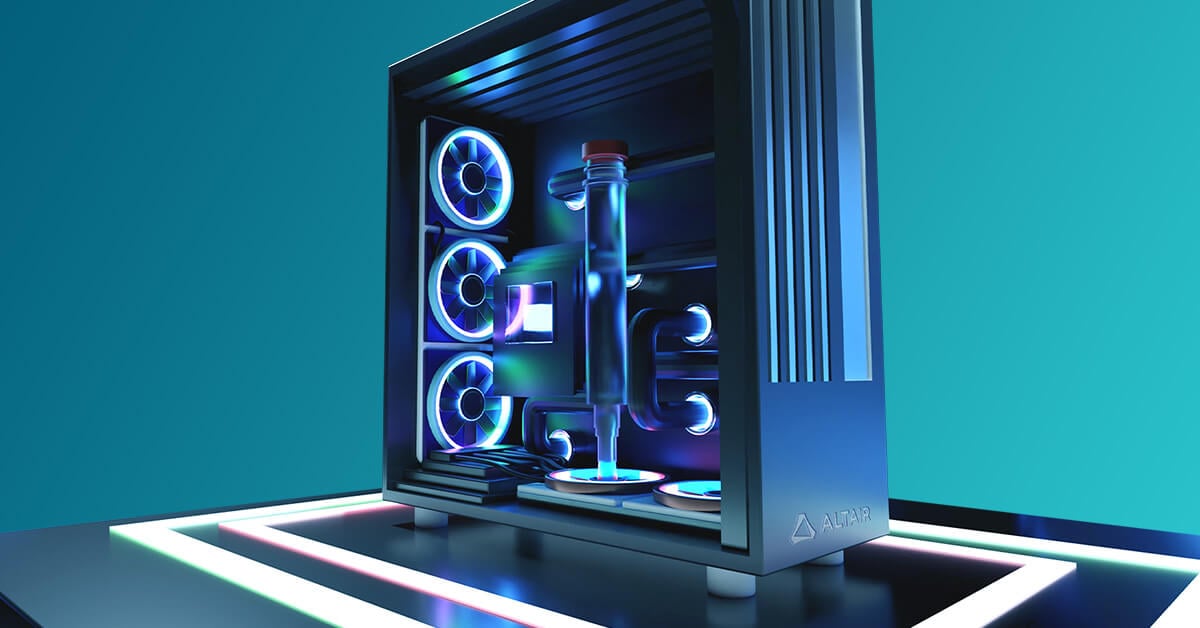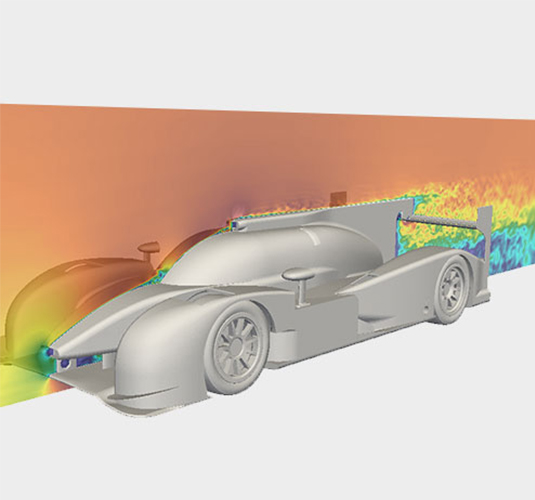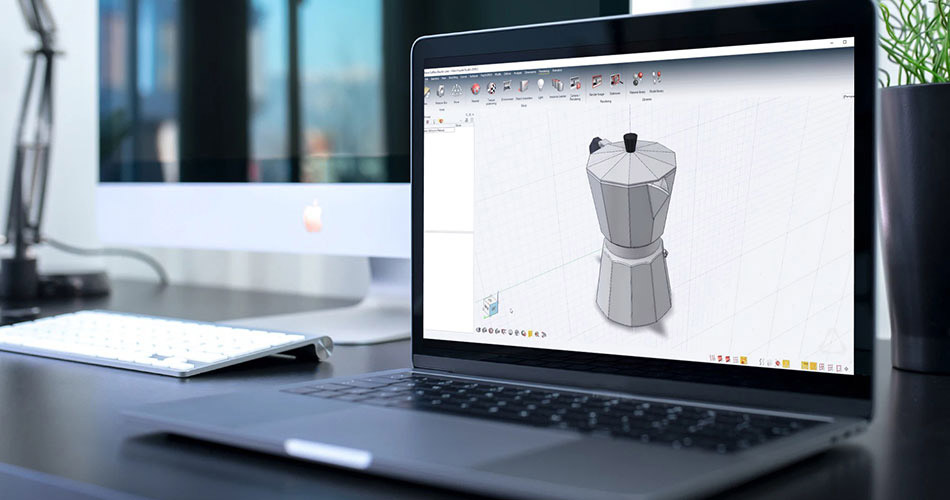
GPU Solutions
A single GPU offers the compute power of up to 100 CPUs, enabling scientists to solve problems that were once thought impossible. Altair’s solutions for GPU allow customers to optimize design to improve product performance and end-user experience, conduct advanced monitoring and predictive maintenance, reduce operating costs, and extend product life. GPUs are invaluable tools in modern high-performance computing (HPC), artificial intelligence (AI), and machine learning application frameworks.
Optimize Design to Improve Product Performance and End-user Experience
Utilizing GPUs to accelerate numerical simulation means more opportunities to explore and fine-tune designs and make decisions faster based on more accurate results. Multiple physics can be accurately simulated on GPUs, realizing an elastic-hybrid environment – on-premise or in the cloud – to explore and evaluate alternatives overnight and significantly speed up design workflows.
How can we help you accelerate design and simulation?
Contact UsMake Your Renderings Come to Life
As render complexity and quality increases, designers, engineers and artists across industries strive to produce more visually rich content faster than ever, but grapple with the boundaries of inefficient CPU-based solutions.
Altair’s physics-based global illumination renderer delivers near perfect scalability on GPUs, offering multiple engines to create stunning photorealistic scenes and complex animations. Harnessing the power of GPUs, Altair offers the most efficient, comprehensive rendering solutions, from interactive sessions in the desktop to final batch renderings in the data center.
Featured Resources

The Keys to Scalable, Cost-Effective CFD Investment
Fluid mechanics simulation is a critical tool for late-stage failure risk mitigation, as well as a driver of design insights throughout the product development process. Used across all levels of product design and validation, from design engineers seeking to understand fluid and thermal effects on a design proposal to analysts performing advanced aerodynamic modeling, Computational Fluid Dynamics (CFD) serves a broad array of applications and a range of users with varied levels of expertise. The sometimes complex and computationally intensive nature of CFD necessitates careful consideration of the software and hardware investments required to produce accurate solutions and scale them at the speed of a company’s development process.

Altair Expert: HPC is Exciting Again (Finally!)
Join Dr. Bill Nitzberg in conversation with Dr. Rosemary Francis from Altair as they share their enthusiasm for the future of HPC. For most of the previous two decades, HPC has been boring, with everyone using the same old plumbing (cookie-cutter clusters of connected CPU-based computers, same software, same applications, same, same, same). Over the last few years, there's been a Cambrian-like explosion in diversity, and HPC has become interesting again: cloud adoption is becoming mainstream; Intel CPUs are one of many, many, choices now, with GPUs, ARM64, AI machines, and quantum computing on the horizon, and even the business of HPC is transforming from a bottom-line expense to a top-line revenue generator for many organizations.
Presented as part of Altair's 2023 Future.Industry conference.
The presentation is in English by default. The following languages are available by clicking on Audio Description 'AD))' on the video screen: DE, ES, FR, IT, ES, PT, KO, and CN.
Duration: 20 minutes

Accelerate Decision-Making with GPUs
Harnessing the computational capabilities of the graphics processing unit (GPU) is one of the cornerstones of Altair's mission to empower its customers. First and foremost, utilizing GPUs to accelerate numerical simulation delivers significant increases in speed and therefore, throughput. That means more opportunities to explore and fine-tune designs, faster decision-making based on more accurate results, and consequently the prospect of considerable reductions in time to market. In addition, creativity is enhanced, with more vivid, realistic and accurate rendering and visualization put within easier reach.

Artificial Intelligence Taking to the Cloud
This presentation outlines Oracle's vision for the future of artificial intelligence, including how AI and automation will drive the next wave of business transformation, the proliferation of technologies focused on understanding human language, intent, and context, like natural language processing (NLP), and how they are reshaping our interactions and businesses, as well as the critical role of high-performing, low-latency infrastructure in driving successful AI initiatives.
This keynote by Clay Magouyrk, Vice President for Oracle Cloud Infrastructure, was presented at the 2021 Altair HPC Summit, and is over 16 minutes long.






